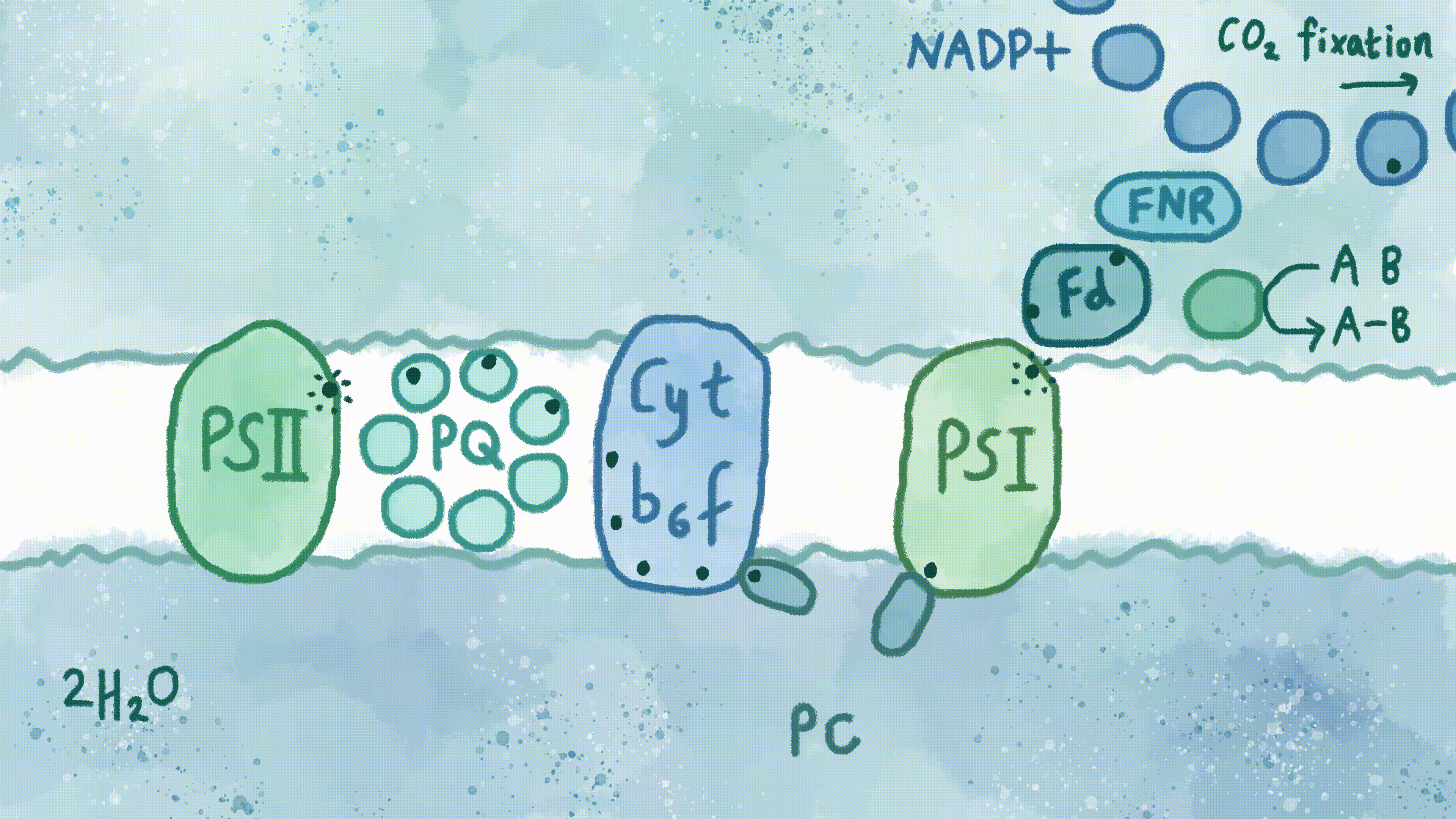Tiny, fast lasers are unlocking the mysteries of photosynthesis
Seeing the process in fractions of a blink could provide insights for clean fuel and more climate-sturdy plants.

Renewable energy is easy for plants. These green organisms take water, sunlight and carbon dioxide and make their own fuel. The magic happens within teeny molecular structures too small for the human eye to perceive.
But while this process is a breeze for plants, truly understanding what happens is surprisingly hard for humans. Scientists know that it involves electrons, charge transfers, and some atomic-level physics, but the specifics of what happens and when are a bit hazy. Efforts have been made to decipher this mystery utilizing a range of tools from nuclear magnetic resonance to quantum computers.
Enter an approach that shoots laser pulses at live plant cells to take images of them, study author Tomi Baikie, a fellow at the Cavendish Laboratory at Cambridge University, explained to Earther. Using this tech, Baikie and his colleagues delved into the reaction centers of plant cells. Their findings were published this week in the journal Nature.

The technique they used allowed the researchers to carefully watch what the electrons are doing, and “follow the flow of energy in the living photosynthetic cells on a femtosecond scale – a thousandth of a trillionth of a second,” according to a press release from University of Cambridge.
Being able to have such a close eye on the electrons enabled the scientists to be able to make observations such as where the protein complex could leak electrons, and how charges move down the chain of chemical reactions. “We didn’t know as much about photosynthesis as we thought we did, and the new electron transfer pathway we found here is completely surprising,” Jenny Zhang, who coordinated the research, said in the statement.
[Related: The truth about carbon capture technology]
Knowing the intricacies behind how this natural process functions “opens new possibilities for re-wiring biological photosynthesis and creates a link between biological and artificial photosynthesis,” the authors wrote in the paper. That means they could one day use this knowledge to help reengineer plants to tolerate more sun, or create new formulas for cleaner, light-based fuel for people to use.
Although the possibilities of “hacking” photosynthesis is more speculative, the team is excited about the potential of ultrafast spectroscopy itself, seeing how it can provide “rich information” on the “dynamics of living systems.” As PopSci previously reported, “using ultrashort pulses for spectroscopy allows scientists to peer into the depths of molecules and atoms, or into processes that start and finish in tiny fractions of a blink.”
